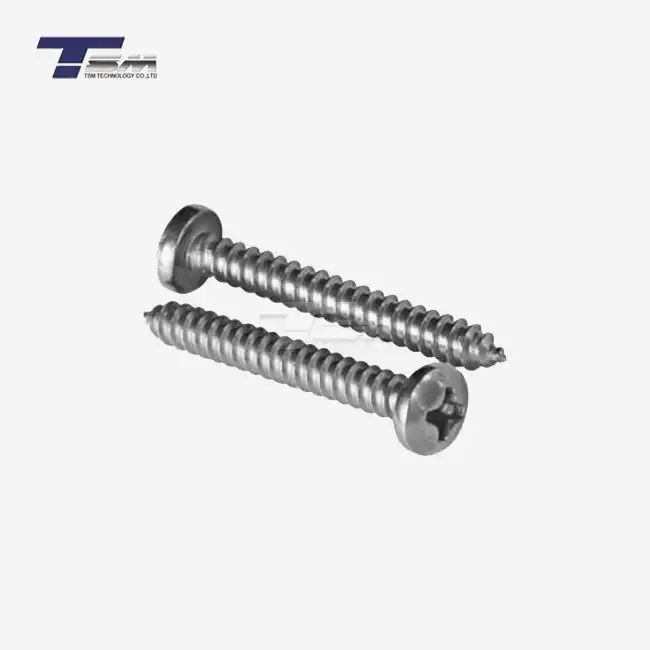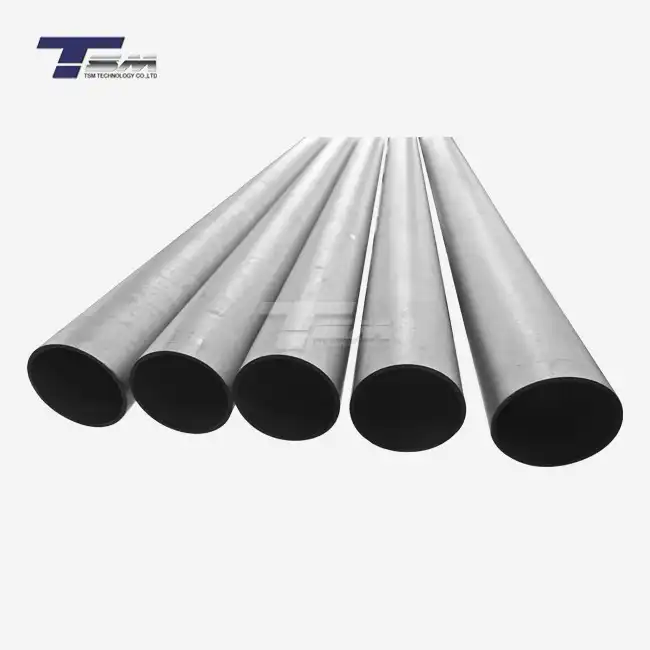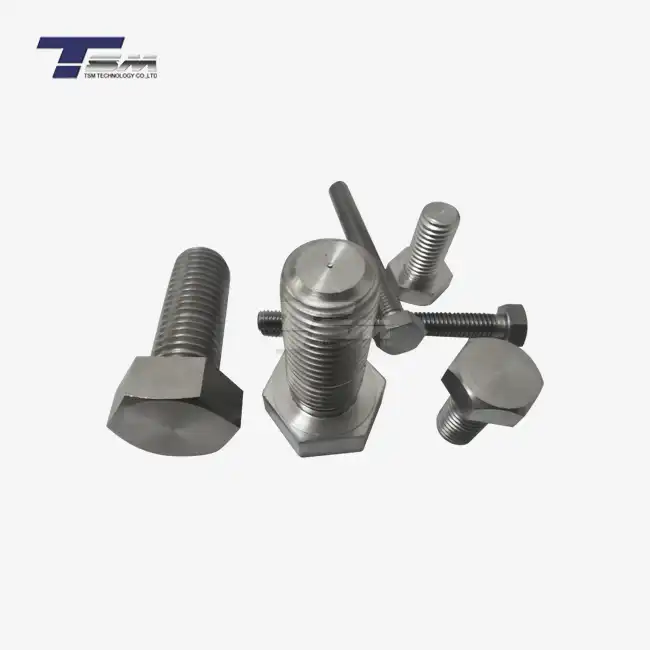- English
- French
- German
- Portuguese
- Spanish
- Russian
- Japanese
- Korean
- Arabic
- Greek
- German
- Turkish
- Italian
- Danish
- Romanian
- Indonesian
- Czech
- Afrikaans
- Swedish
- Polish
- Basque
- Catalan
- Esperanto
- Hindi
- Lao
- Albanian
- Amharic
- Armenian
- Azerbaijani
- Belarusian
- Bengali
- Bosnian
- Bulgarian
- Cebuano
- Chichewa
- Corsican
- Croatian
- Dutch
- Estonian
- Filipino
- Finnish
- Frisian
- Galician
- Georgian
- Gujarati
- Haitian
- Hausa
- Hawaiian
- Hebrew
- Hmong
- Hungarian
- Icelandic
- Igbo
- Javanese
- Kannada
- Kazakh
- Khmer
- Kurdish
- Kyrgyz
- Latin
- Latvian
- Lithuanian
- Luxembou..
- Macedonian
- Malagasy
- Malay
- Malayalam
- Maltese
- Maori
- Marathi
- Mongolian
- Burmese
- Nepali
- Norwegian
- Pashto
- Persian
- Punjabi
- Serbian
- Sesotho
- Sinhala
- Slovak
- Slovenian
- Somali
- Samoan
- Scots Gaelic
- Shona
- Sindhi
- Sundanese
- Swahili
- Tajik
- Tamil
- Telugu
- Thai
- Ukrainian
- Urdu
- Uzbek
- Vietnamese
- Welsh
- Xhosa
- Yiddish
- Yoruba
- Zulu
Best Alloys for Common Corrosion Problems
When it comes to addressing common corrosion problems in industrial applications, selecting the right alloy is crucial. Superior nickel alloys and special metals have emerged as frontrunners in combating various corrosion issues. These advanced materials, including Monel, Inconel, Incoloy, and Hastelloy, offer exceptional resistance to corrosive environments. Their unique compositions and properties make them ideal for applications ranging from chemical processing to marine engineering. By choosing the appropriate alloy, industries can significantly extend equipment lifespan, reduce maintenance costs, and enhance overall system reliability. This blog explores the best alloys for tackling common corrosion problems, providing valuable insights for engineers and decision-makers in corrosion-prone industries.
Understanding Corrosion Mechanisms and Alloy Selection
Types of Corrosion and Their Impact
Corrosion manifests in various forms, each presenting unique challenges to industrial equipment and structures. Uniform corrosion, pitting corrosion, and stress corrosion cracking are among the most prevalent types. Uniform corrosion involves the gradual thinning of materials across their entire surface, while pitting corrosion creates localized, deep cavities. Stress corrosion cracking occurs when mechanical stress combines with a corrosive environment, leading to sudden failure.

The impact of these corrosion mechanisms can be severe, resulting in equipment failure, production downtime, and safety hazards. In the chemical processing industry alone, corrosion-related issues cost billions annually. Understanding these corrosion types is essential for selecting the most suitable alloy for specific applications.
Factors Influencing Alloy Selection
Choosing the right alloy for corrosion resistance involves considering multiple factors. Environmental conditions, such as temperature, pH levels, and the presence of specific corrosive agents, play a crucial role. The mechanical requirements of the application, including strength and ductility, must also be taken into account. Additionally, factors like cost-effectiveness, availability, and ease of fabrication influence the selection process.
Engineers must balance these considerations to identify the optimal alloy for their specific needs. This often involves analyzing corrosion data, conducting material compatibility tests, and consulting with metallurgical experts.
Key Properties of Corrosion-Resistant Alloys
Superior corrosion-resistant alloys possess several key properties that set them apart. These include excellent passivation ability, which allows the formation of a protective oxide layer on the material's surface. High pitting resistance is another crucial feature, often measured by the Pitting Resistance Equivalent Number (PREN). Alloys with higher PREN values offer better resistance to localized corrosion.
Furthermore, these alloys typically exhibit good weldability and formability, making them suitable for various manufacturing processes. Their ability to maintain mechanical properties at elevated temperatures adds to their versatility in challenging industrial environments.
Superior Nickel Alloys for Specific Corrosion Challenges
Monel: Excelling in Marine and Chemical Applications
Monel, a nickel-copper alloy, stands out for its exceptional resistance to seawater and many acids. Its composition, typically containing about 65% nickel and 35% copper, provides excellent resistance to chloride stress corrosion cracking. This makes Monel an ideal choice for marine applications, including valve components, pump shafts, and heat exchangers in desalination plants.
In chemical processing, Monel's resistance to hydrofluoric acid and other aggressive chemicals makes it valuable for handling corrosive fluids. Its ability to maintain strength and toughness at cryogenic temperatures also extends its application range to low-temperature environments.
Inconel: Conquering High-Temperature Corrosion
Inconel alloys, known for their high nickel and chromium content, excel in high-temperature corrosion resistance. These alloys form a stable, protective oxide layer that resists scaling and maintains integrity even at temperatures exceeding 1000°C. This property makes Inconel invaluable in gas turbines, industrial furnaces, and nuclear reactors.
Different grades of Inconel offer varying levels of performance. For instance, Inconel 625 provides excellent resistance to pitting and crevice corrosion in chloride-containing environments, while Inconel 718 offers superior strength and creep resistance at elevated temperatures.
Incoloy: Versatility in Corrosive Environments
Incoloy alloys, part of the iron-nickel-chromium family, offer a balanced combination of corrosion resistance and mechanical properties. These alloys are particularly effective in environments where both high-temperature oxidation and aqueous corrosion are concerns. Incoloy 825, for example, demonstrates excellent resistance to sulfuric and phosphoric acids, making it suitable for chemical processing equipment.
In the oil and gas industry, Incoloy alloys find applications in downhole tools, heat exchangers, and flue gas desulfurization systems. Their ability to withstand both reducing and oxidizing atmospheres contributes to their versatility across various industrial sectors.
Advanced Alloy Solutions for Extreme Corrosion Scenarios
Hastelloy: Tackling the Most Aggressive Environments
Hastelloy alloys represent some of the most corrosion-resistant materials available. These nickel-molybdenum-chromium alloys are engineered to withstand extremely aggressive chemical environments. Hastelloy C-276, for instance, exhibits outstanding resistance to a wide range of mineral acids, including hydrochloric and sulfuric acids, even at elevated temperatures.
In the chemical processing industry, Hastelloy alloys are used for reactor vessels, heat exchangers, and piping systems handling corrosive chemicals. Their ability to resist stress corrosion cracking in chloride-containing environments makes them valuable in offshore oil and gas production facilities.
Emerging Alloys and Future Trends
The field of corrosion-resistant alloys continues to evolve, with researchers developing new compositions to address specific industry challenges. Recent advancements include alloys with improved resistance to hydrogen embrittlement, a critical concern in high-pressure hydrogen environments. Additionally, there's growing interest in alloys that combine corrosion resistance with other functional properties, such as magnetic or catalytic characteristics.
Nanotechnology is also playing a role in enhancing alloy performance. Nanostructured alloys and surface treatments are being explored to improve corrosion resistance while maintaining or enhancing other mechanical properties. These developments promise to expand the application range of corrosion-resistant alloys in industries like aerospace, energy, and advanced manufacturing.
Lifecycle Cost Analysis and Alloy Selection
While the initial cost of superior nickel alloys and special metals may be higher than that of standard materials, a lifecycle cost analysis often reveals their long-term economic benefits. Factors such as reduced maintenance frequency, extended equipment lifespan, and improved operational reliability contribute to significant cost savings over time.
When selecting alloys for corrosion-prone applications, engineers are increasingly adopting a total cost of ownership approach. This involves considering not just the material cost but also factors like installation expenses, downtime costs, and potential environmental impacts. Such a comprehensive analysis often justifies the use of high-performance alloys in critical applications where failure could result in substantial financial or safety consequences.
Conclusion
Selecting the best alloys for common corrosion problems is a critical decision that impacts the longevity, safety, and efficiency of industrial operations. Superior nickel alloys and special metals offer unparalleled corrosion resistance in a wide range of challenging environments. From Monel's excellence in marine applications to Hastelloy's ability to withstand extreme chemical exposure, these advanced materials provide tailored solutions for diverse corrosion challenges. As industries continue to push the boundaries of material performance, ongoing research and development in alloy technology promise even more innovative solutions for future corrosion prevention and control strategies.
Contact Us
For expert guidance on selecting the optimal alloy for your specific corrosion challenges, contact TSM TECHNOLOGY. Our team of metallurgical specialists is ready to assist you in finding the perfect solution for your industry needs. Reach out to us at info@tsmnialloy.com to discuss your corrosion resistance requirements and explore our range of superior nickel alloys and special metals.
References
Smith, J.R. and Johnson, A.B. (2022). "Corrosion Resistance of Nickel-Based Alloys in Industrial Applications", Journal of Materials Engineering and Performance, 31(4), 2589-2603.
Chen, L. et al. (2021). "Recent Advances in High-Temperature Corrosion-Resistant Alloys for Energy Systems", Materials Today Energy, 20, 100638.
Davis, M.E. (2023). "Lifecycle Cost Analysis of Corrosion-Resistant Alloys in Chemical Processing Industries", Corrosion Science, 197, 110133.
Wilson, K.L. and Brown, R.T. (2022). "Pitting Corrosion Resistance of Advanced Nickel Alloys in Marine Environments", Corrosion Engineering, Science and Technology, 57(3), 245-258.
Zhang, Y. et al. (2023). "Nanostructured Alloys for Enhanced Corrosion Resistance: A Review", Progress in Materials Science, 129, 100947.
Thompson, N.G. and Vasiliev, A.D. (2021). "Selection Criteria for Corrosion-Resistant Alloys in Oil and Gas Applications", Materials and Corrosion, 72(1-2), 3-19.
Learn about our latest products and discounts through SMS or email



_1739071678907.webp)